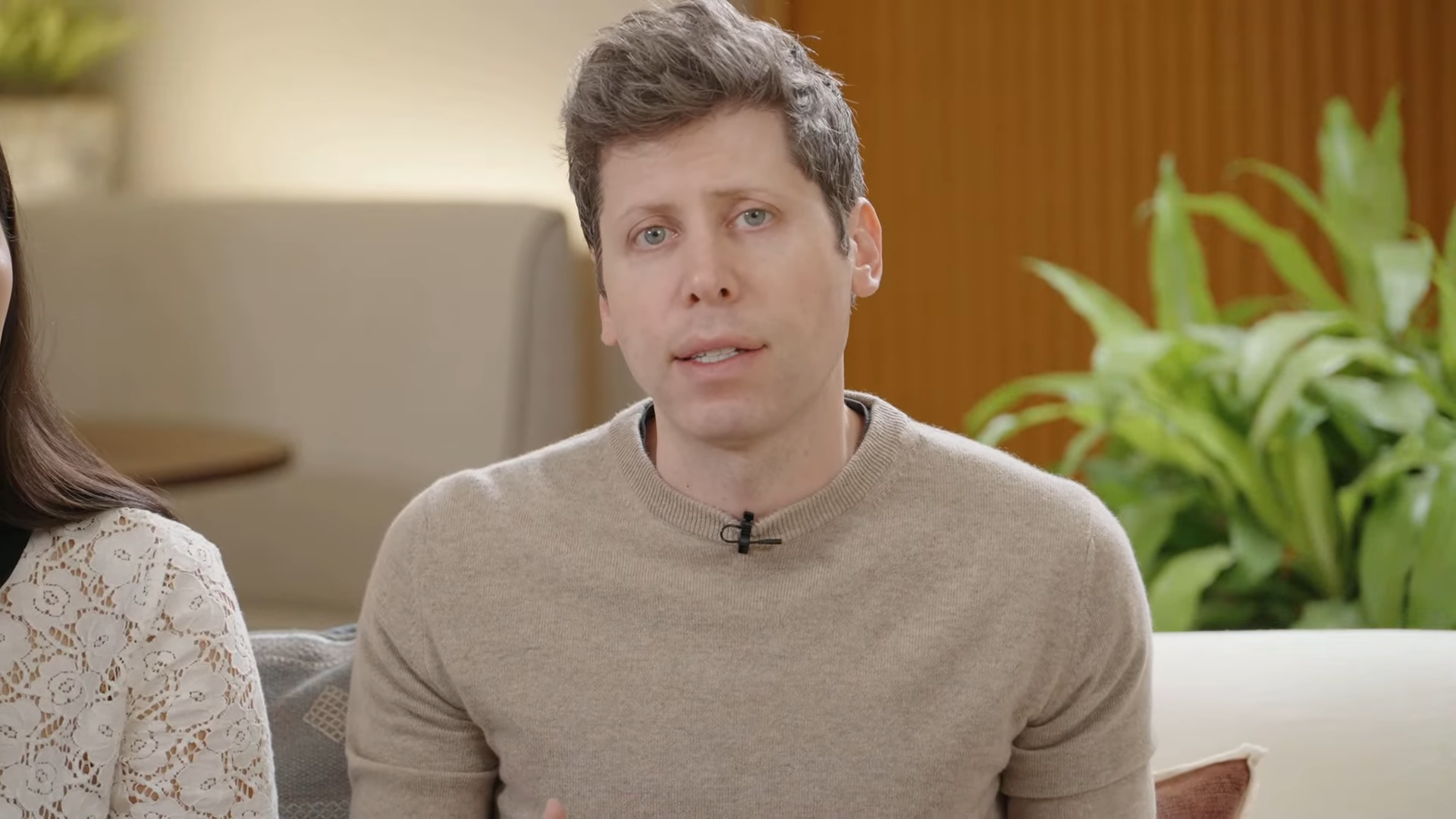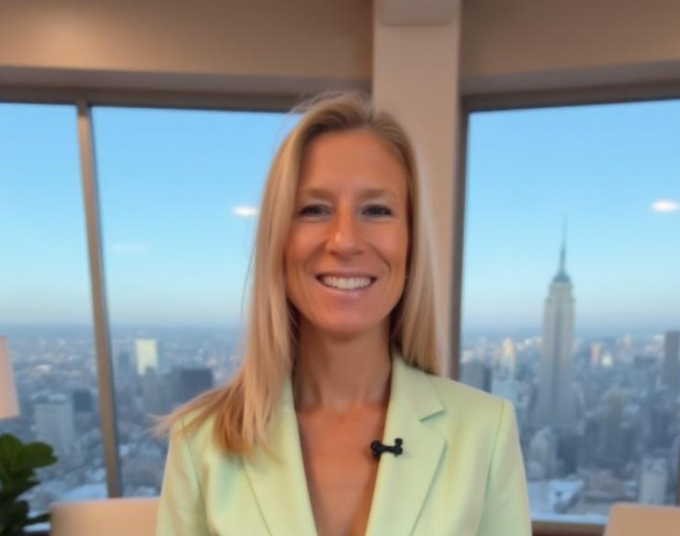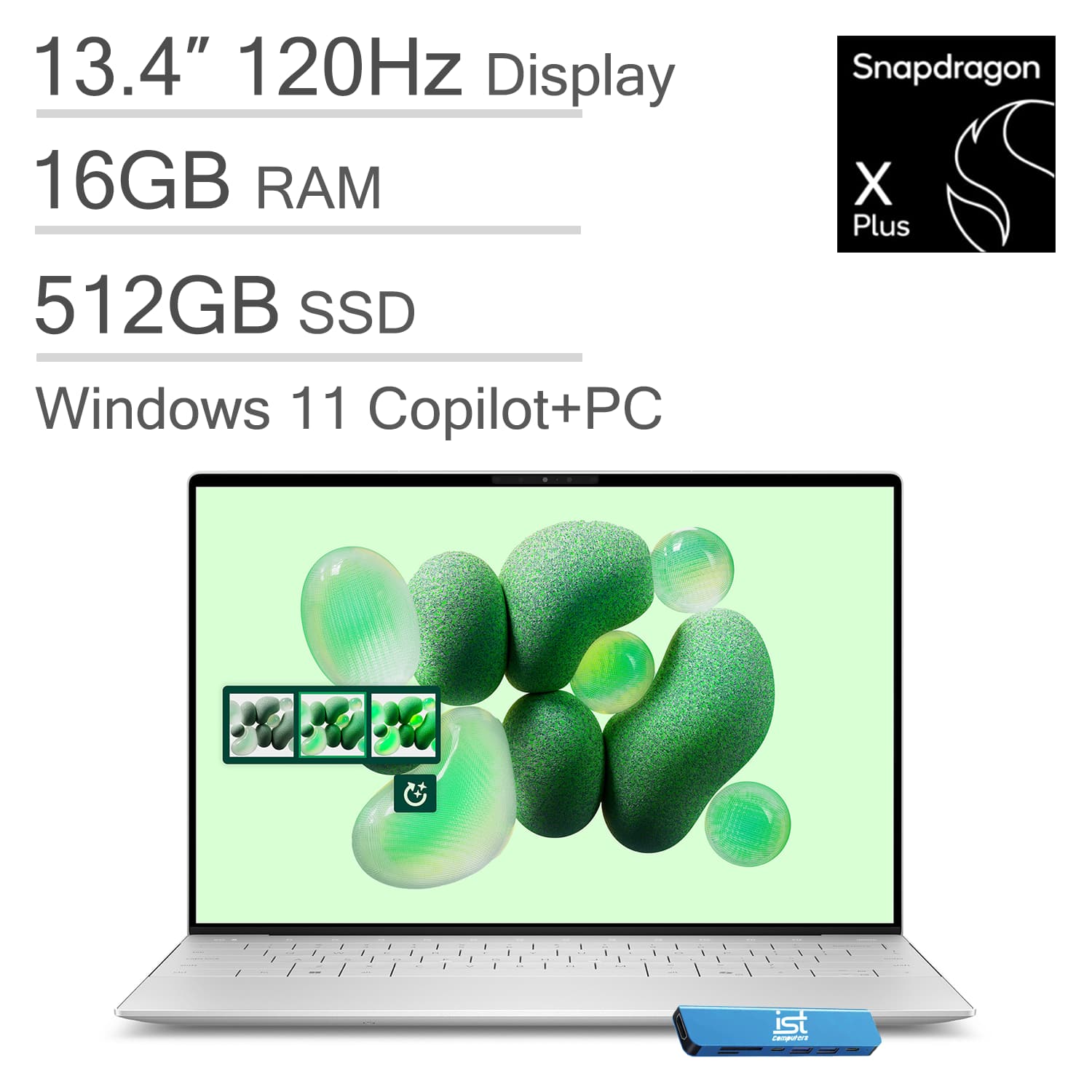OpenAI's Sam Altman brings back GPT-4o and boosts GPT-5 limits — but there’s a catch
After a rocky GPT-5 debut, OpenAI is restoring choice and lifting limits

OpenAI’s highly anticipated GPT-5 rollout didn’t go quite as planned. Just days after making the new model the default for all users, the company is making significant changes in response to an uproar from paying customers; including bringing back the popular GPT-4o model and doubling GPT-5’s usage limits.
While GPT-5 promised better reasoning, faster performance and advanced multimodal capabilities, many ChatGPT subscribers weren’t impressed. Nearly 5,000 Reddit users weighed in on a fast-growing thread, with some calling GPT-5 a “downgrade” compared to earlier models.
Common complaints centered on shorter responses, a more formal tone and stricter message caps. For a segment of users, GPT-4o’s conversational style and warmth felt more engaging; and they wanted it back. However, note that free-tier users remain limited to GPT-5 (and its smaller variant once they hit the cap), meaning the only way to access GPT-4o in ChatGPT is by paying for Plus.
Altman’s quick response

In a post on X, OpenAI CEO Sam Altman acknowledged the criticism and announced two major changes for Plus subscribers:
- Higher limits for GPT-5: “We are significantly increasing rate limits for reasoning for ChatGPT Plus users, and all model-class limits will shortly be higher than they were before GPT-5,” Altman wrote.
- GPT-4o returns: The “omni” model, known for its speed, personality, and balanced output, is once again selectable — though only for paid users.
In another post on X, Altman personally dives into the attachment users feel to GPT-4 and even mentioned that it "makes him feel uneasy."
If you have been following the GPT-5 rollout, one thing you might be noticing is how much of an attachment some people have to specific AI models. It feels different and stronger than the kinds of attachment people have had to previous kinds of technology (and so suddenly…August 11, 2025
What it means for ChatGPT tiers
- Free users only get access to GPT-5, with usage capped. Once the limit is reached, the chatbot switches to a lighter GPT-5 mini model.
- ChatGPT Plus subscribers can now choose between GPT-5, GPT-5 Thinking, and the newly returned GPT-4o. Message caps have been doubled, giving users more flexibility.
- Pro and Team customers get full access to GPT-5 and the research-grade GPT-5 Pro model, with effectively unlimited usage under OpenAI’s fair use policy.
The takeaway
OpenAI’s rapid pivot shows that regardless of an AI model's hyped performance, rolling out too fast can fall flat, especially if it changes the user experience too much.
Many subscribers clearly value familiarity, tone and flexibility as much as they value speed or reasoning power. By restoring GPT-4o and loosening GPT-5’s restrictions, OpenAI is acknowledging that personalization is as important as raw capability.
Follow Tom's Guide on Google News to get our up-to-date news, how-tos, and reviews in your feeds. Make sure to click the Follow button.
Get instant access to breaking news, the hottest reviews, great deals and helpful tips.
More from Tom's Guide
- From hyper-personal assistants to mind-reading tech — this is how AI will transform everything by 2035
- ChatGPT-5 just got 4 new personalities — here’s how to use them (and why you should)
- I tested ChatGPT-5 vs Google Gemini 2.5 with 10 prompts — and there's a clear winner

Amanda Caswell is an award-winning journalist, bestselling YA author, and one of today’s leading voices in AI and technology. A celebrated contributor to various news outlets, her sharp insights and relatable storytelling have earned her a loyal readership. Amanda’s work has been recognized with prestigious honors, including outstanding contribution to media.
Known for her ability to bring clarity to even the most complex topics, Amanda seamlessly blends innovation and creativity, inspiring readers to embrace the power of AI and emerging technologies. As a certified prompt engineer, she continues to push the boundaries of how humans and AI can work together.
Beyond her journalism career, Amanda is a long-distance runner and mom of three. She lives in New Jersey.
You must confirm your public display name before commenting
Please logout and then login again, you will then be prompted to enter your display name.










